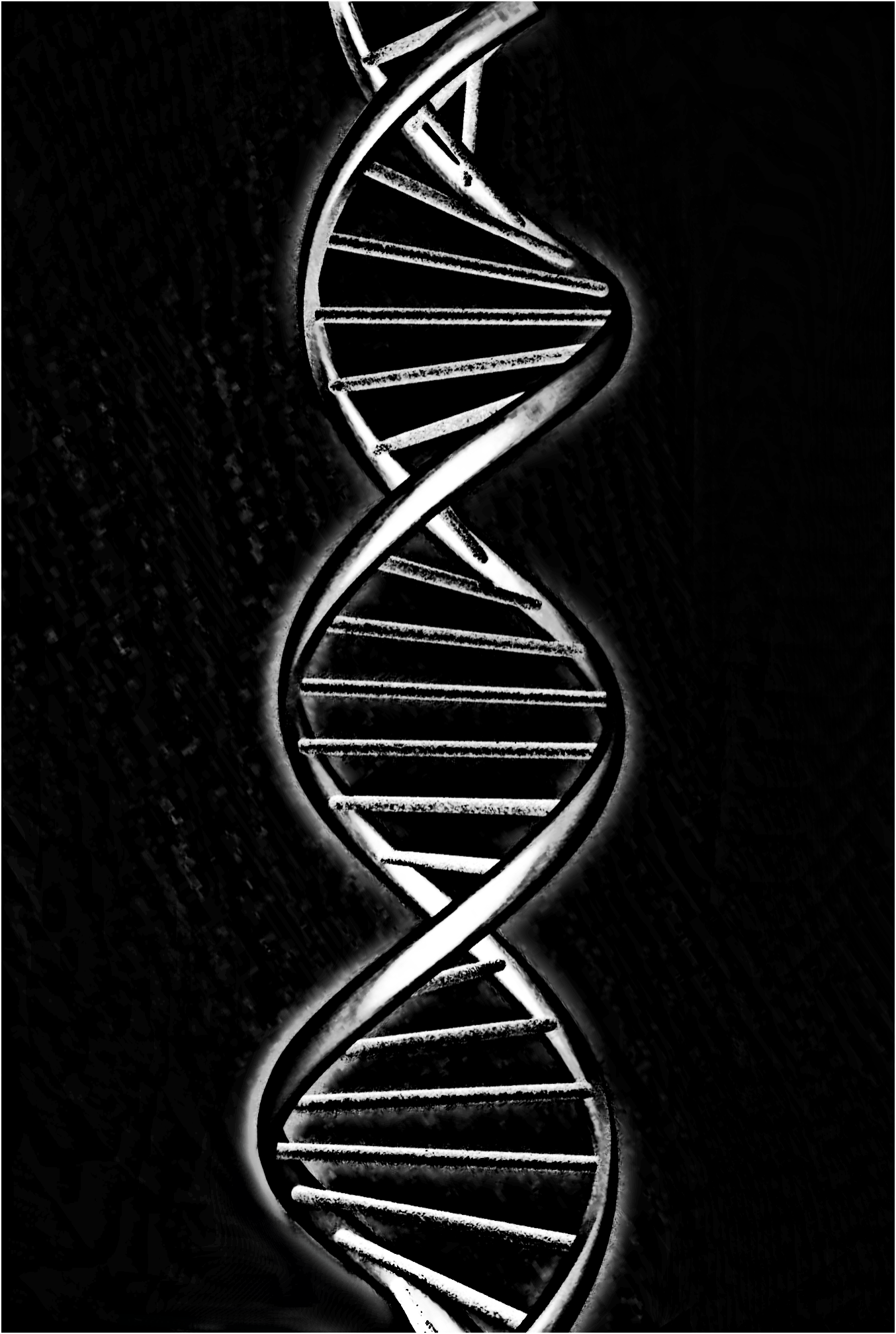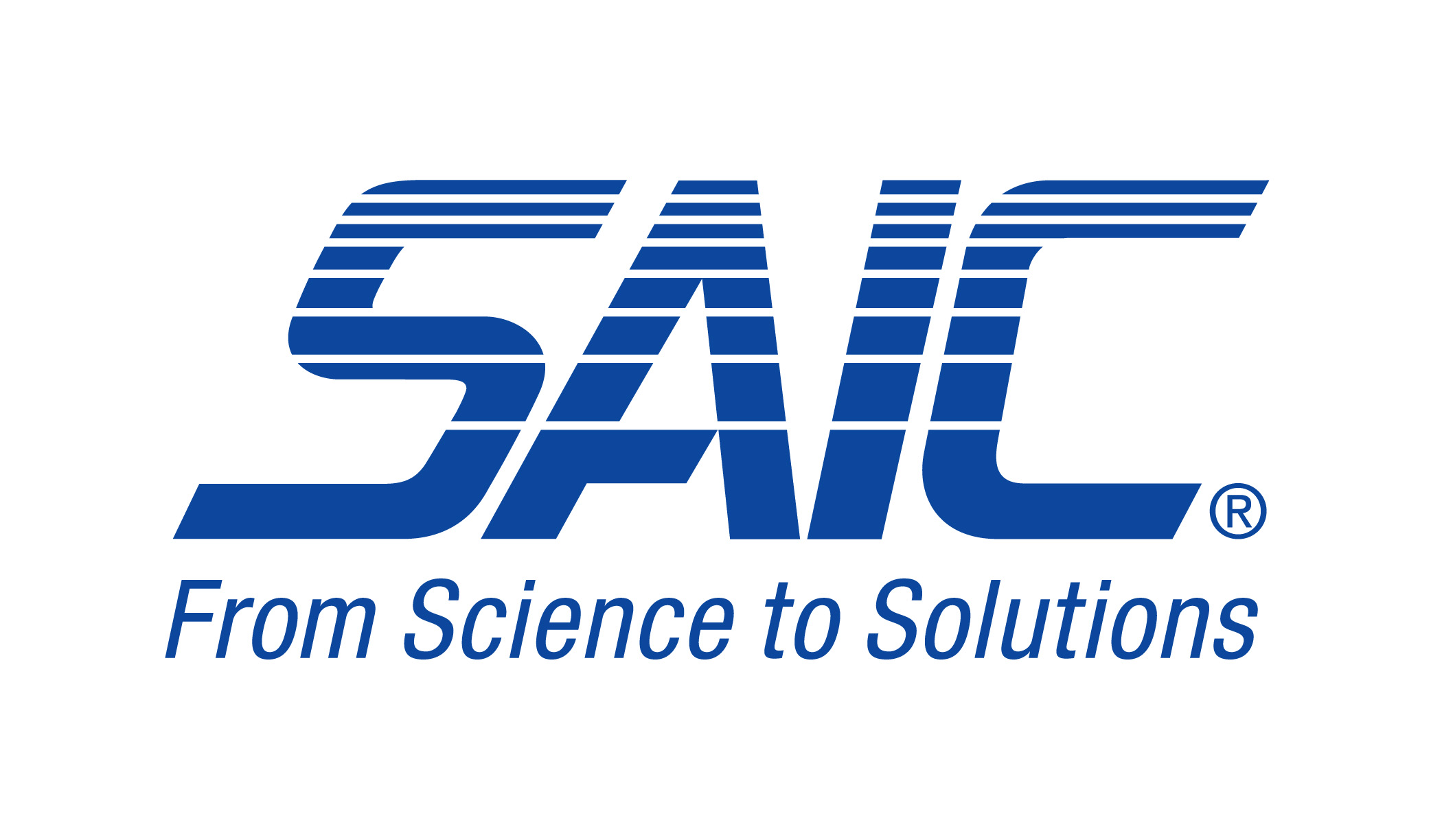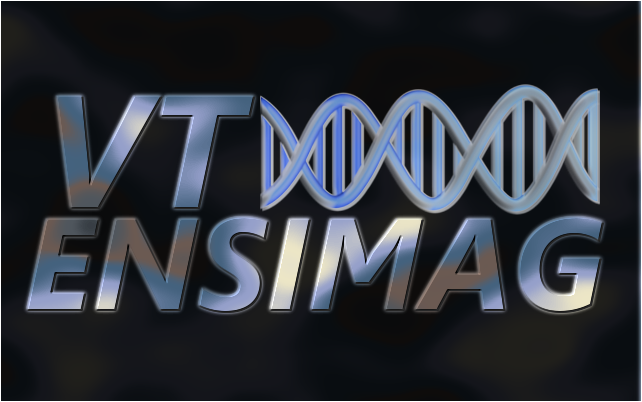Team:VT-ENSIMAG/Table4
From 2010.igem.org
(New page: {{Template:Team:VT_Ensimag_2010-Biosecurity/Templates/main|Random mutations| content= <br> <br> Go back to methods page }}) |
|||
| Line 1: | Line 1: | ||
{{Template:Team:VT_Ensimag_2010-Biosecurity/Templates/main|Random mutations| content= | {{Template:Team:VT_Ensimag_2010-Biosecurity/Templates/main|Random mutations| content= | ||
| + | It is likely that many sequences received by gene synthesis companies will be mutated forms of sequences contained in GenBank. To test whether our software will have a good behaviour with mutated sequences or not, we mutated some select agent sequences to varying degrees. it consists in changing one nucleotide by another one, randomly. The number of nucleotides changed in one sequence is the degree of mutation. but we can't know for those mutated sequence if they are really dangerous or not, at least whithout experimentation. We can assume that only one mutation won't change the dangerous nature of the sequence, but we can't know from how much mutated nucleotide the sequence won't be dangerous anymore. | ||
| + | <br> | ||
| + | With no expected outcome for any sequence, the results from mutation tests was either hit or not hit. 600bp subsequences were extracted from 50 select agent sequences, and underweent several mutations. First, 15 mutations per 200 base pairs, or 75 mutations over the length of the entire sequence, were performed at random points along the sequence. Then other rounds of mutation were performed in adding 5 mutations each round, until 100 mutations were reached. For a given round of mutations, not more than one mutation occurred at a particular position on the sequence. The 900 sequences obtained were screened with the default test parameters, but also two other sets of BLAST parameters ([[Team:VT-ENSIMAG/Table7| Blast parameter tests]]). | ||
| + | |||
<br> | <br> | ||
<br> | <br> | ||
| - | [[Team:VT-ENSIMAG/ | + | [[Team:VT-ENSIMAG/Result|Go back to results page]] |
}} | }} | ||
Latest revision as of 18:50, 18 August 2010
Random mutations
|
It is likely that many sequences received by gene synthesis companies will be mutated forms of sequences contained in GenBank. To test whether our software will have a good behaviour with mutated sequences or not, we mutated some select agent sequences to varying degrees. it consists in changing one nucleotide by another one, randomly. The number of nucleotides changed in one sequence is the degree of mutation. but we can't know for those mutated sequence if they are really dangerous or not, at least whithout experimentation. We can assume that only one mutation won't change the dangerous nature of the sequence, but we can't know from how much mutated nucleotide the sequence won't be dangerous anymore.
|
 "
"




